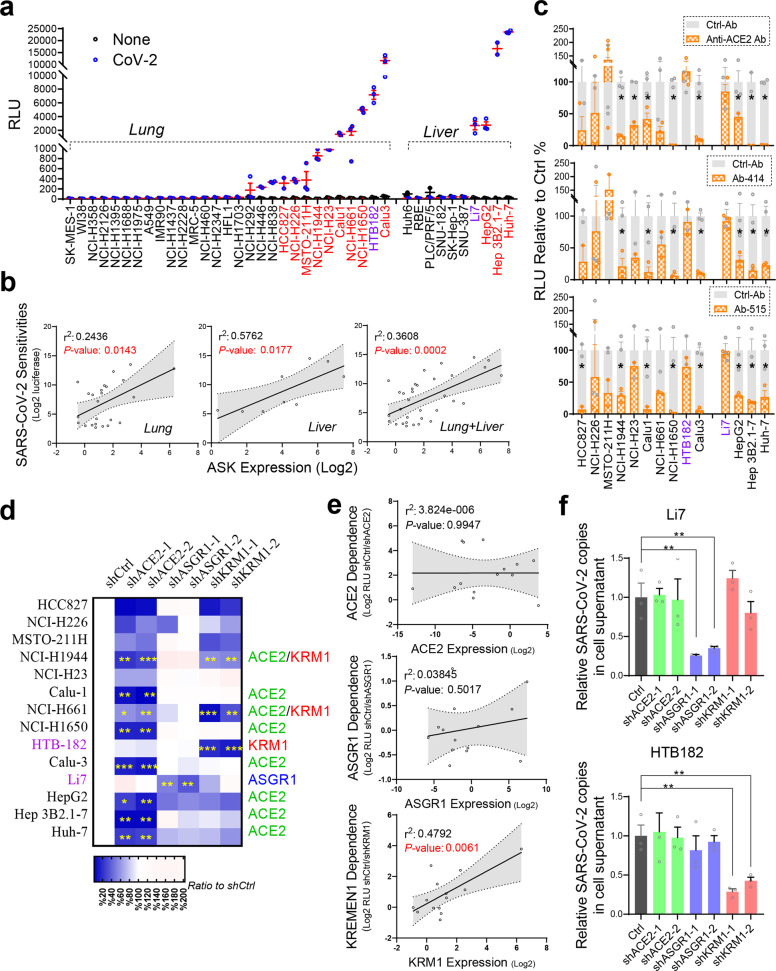Fig. 4. KREMEN1 and ASGR1 play essential roles in ACE2-independent SARS-CoV-2 entry.
a, b Twenty-nine lung cancer cell lines and ten liver cancer cell lines were infected with or without S-pseudotyped SARS-CoV-2. a Luciferase activities were measured 60 h post-infection (means ± SEM, n = 3). b Correlations of virus sensitivities with the combined ASK expression levels in the tested lung and/or liver cell lines (two-sided Pearson correlation analysis). c High SARS-CoV-2-sensitive cell lines (labeled red or purple in a) were infected with pseudotyped SARS-CoV-2 in the presence of different ACE2-S-blocking antibodies (at a final concentration of 2 µg/mL). Luciferase activity relative to control antibody treatment was measured 60 h post-infection (means ± SEM, n = 3). d, e KD of ACE2, ASGR1 or KREMEN1 in the indicated cell lines followed by infection with pseudotyped SARS-CoV-2. Luciferase activity relative to control was measured 60 h post-infection and shown as a heatmap (d) (means ± SEM, n = 3). The logarithm of the effect of receptor shRNA-mediated KD on virus entry was correlated with the expression level of corresponding receptors (e) (two-sided Pearson correlation analysis). f KD of ACE2, ASGR1 or KREMEN1 in HTB-182 and Li7 cells followed by infection with authentic SARS-CoV-2 at MOI of 1. Expression of the SARS-CoV-2 ORF1ab gene was examined in the cells 72 h post-infection by RT-qPCR (means ± SEM, n = 3). The statistical significance was evaluated by unpaired two-tailed Student’s t-tests, *P < 0.05, **P < 0.01, ***P < 0.001.

